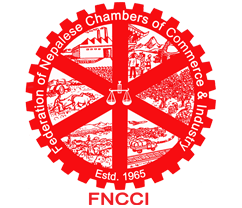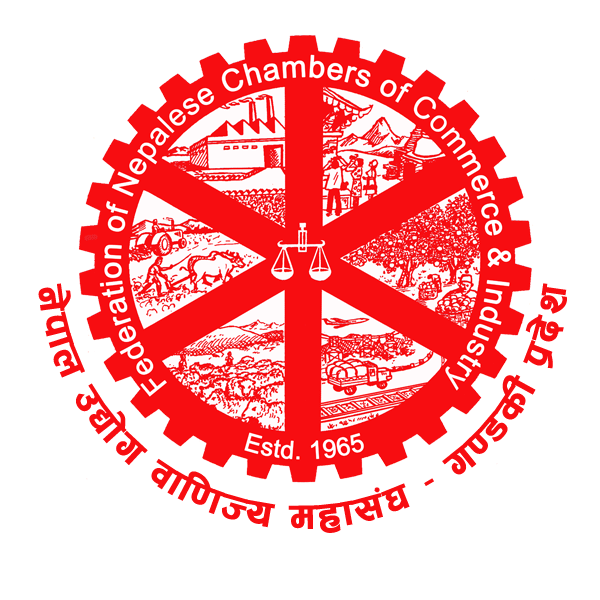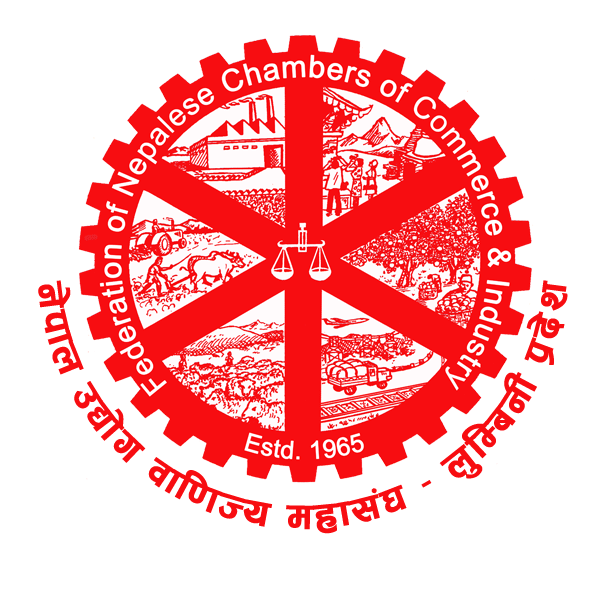Province Profile
Geography
Province 1 lies between 860 1′ & 880 3′ East longitude and 280 2′ & 260 3′ North latitude. It has an area of 25,905sq.km out of which 17.16% land is covered by forest. It is bordered by India in the east and south and Bagmati Province and Province 2 in the west, while big mountains towards China segregate the north side. Two major points of topographic importance lies in the Province – Kechana Kawal (Jhapa) 67m above sea level in southeastern Terai and Mt. Sagarmatha 8,848 m, the highest peak in the world located at Solukhumbu in north eastern Himalayas.
Topographically, the province can be divided into four main regions starting from the North, viz. 1) The Himalayan Region and Inner Himalayas, 2) The Sub-Himalayas or the mountainous region, 3) The valley basin, Dun or Inner Terai, and 4) The Low plain region – Terai.
- The Himalayan region, comprising 40.29% of the Province land surface, is sparsely inhabited. The highest peaks of the Himalayas like Sagaramatha (29028ft. /8848m), Kanchanjunga (28,208 ft./8,586m), Lhotse (27,809 ft./ 8,516m), Yalungkang (8,505m), Makalu (8463m), Choyu (8201m) lie along the northern border.
- The Hill region comprises 33.53% of Province land area.
- The Inner Terai region comprises 7.96% of Province land area.
- The Terai region comprises 18.21% of the total Provincial land area. The terai zone ranges in altitude of less than 610 meters with most of the fertile land and dense forest the country.
Apart from the ecological divisions, administratively there are 14 Districts. As per the new constitutional provision there are 137 local governments composed of 1 metropolitan city, 2 sub-metropolitan cities, 46 municipalities and 88 sub-municipalities with 1157 wards with 6043 elected members.
CLIMATE
Province 1 has climatic variations, which is associated with the diverse nature of its topography and altitude pronounced by dry and wet monsoon seasons. Province 1 has an average rainfall of between 110-300 mm in Terai and inner Terai, 27.5-230mm in mid and high mountains and 15-20mm in Himalayan region.
Climatically, Province 1 may be divided into three types
Subtropical: The Terai, the Inner Terai and lower foothills gave a sub-tropical climate. The temperature ranges from 200 c to 250 c. Average annual rainfall in this area is in between 110 to 300cm.
Temperate: The area between the Mahabharat range and Himalayas has a temperate climate, the temperature varies between 100 C and 200 C. Average rainfall is about 27.5 to 230 cm.
Alpine: The Himalayas and Inner Himalayas have an Alpine, Dry & Arid type of climate. The temperature is 30 to 100. The average annual rainfall is 15-20cm and in the higher regions precipitation is in the form of snow.
SOCIAL AND CULTURAL DIVERSITY
There are 123 spoken languages and 125 ethnic/caste groups in Nepal. Among various languages spoken there are 93 spoken languages in Province 1. Majority of population speak Nepali (42.7%) as their mother toungue. Many other linguistic groups like Maithili (11.2%), Limbu (7.3%), Tharu (3.9%), Bantawa (2.9) are inhabited in the province. Ethnically there are 122 ethnic groups in the province. The largest group is Chettri (14.8%) followed by Hilll Brahmins (12.1%), Rai (11.3%), Limbu (8%), Tamangs (4.7%) etc. In terms of religious population, 67% are Hindu predominantly followed by Kirat (17%), Buddism (9.2%) and Islam (3.2%). Out of the total population of the province (4534943) 60% of the population are residing in the urban area.
ECONOMY
As per Economic Survey (2018/19), Province 1 contributes 15% to national GDP. Nepal has commenced system of measuring GDP by provinces from fiscal year 2018/19. Accordingly, it is estimated to have a growth rate of 6.5 in the fiscal year 2018/19. Population under absolute poverty here is 12.4% and multi dimensional poverty rate is 19.7%. According to Nepal labor force survey (2017/18) unemployment rate in the province is 10.2%.
There are 535 commercial banks, 161 development banks and 39 finance companies and their branches. Similarly, there are 228 life and 115 non life insurance companies and their branches in the province.
Agriculture is the mainstay of province economy, providing a livelihood for three-fourths of the population and accounting 38% of GDP. Industrial activity mainly involves the processing of agricultural produce including jute, sugarcane, tobacco, and grain. There are 714 industries registered under department of industry. Out of total number of industries Agriculture and forestry industry shares the highest number i.e. 114 (15.96%). Province 1 contributes 22% to the total paddy production of Nepal. Similarly, maize production in the province contributes 29.3% of national production.
Province 1 has considerable scope for exploiting its potential in hydropower and tourism. It has a large hydro potentiality of 34000 MW. Out of total potentiality only 193.2 MW of hydropower is generated up to mid July 2018/19. Similarly, province collects the highest amount (52.4%) of revenue from mountaineering.









